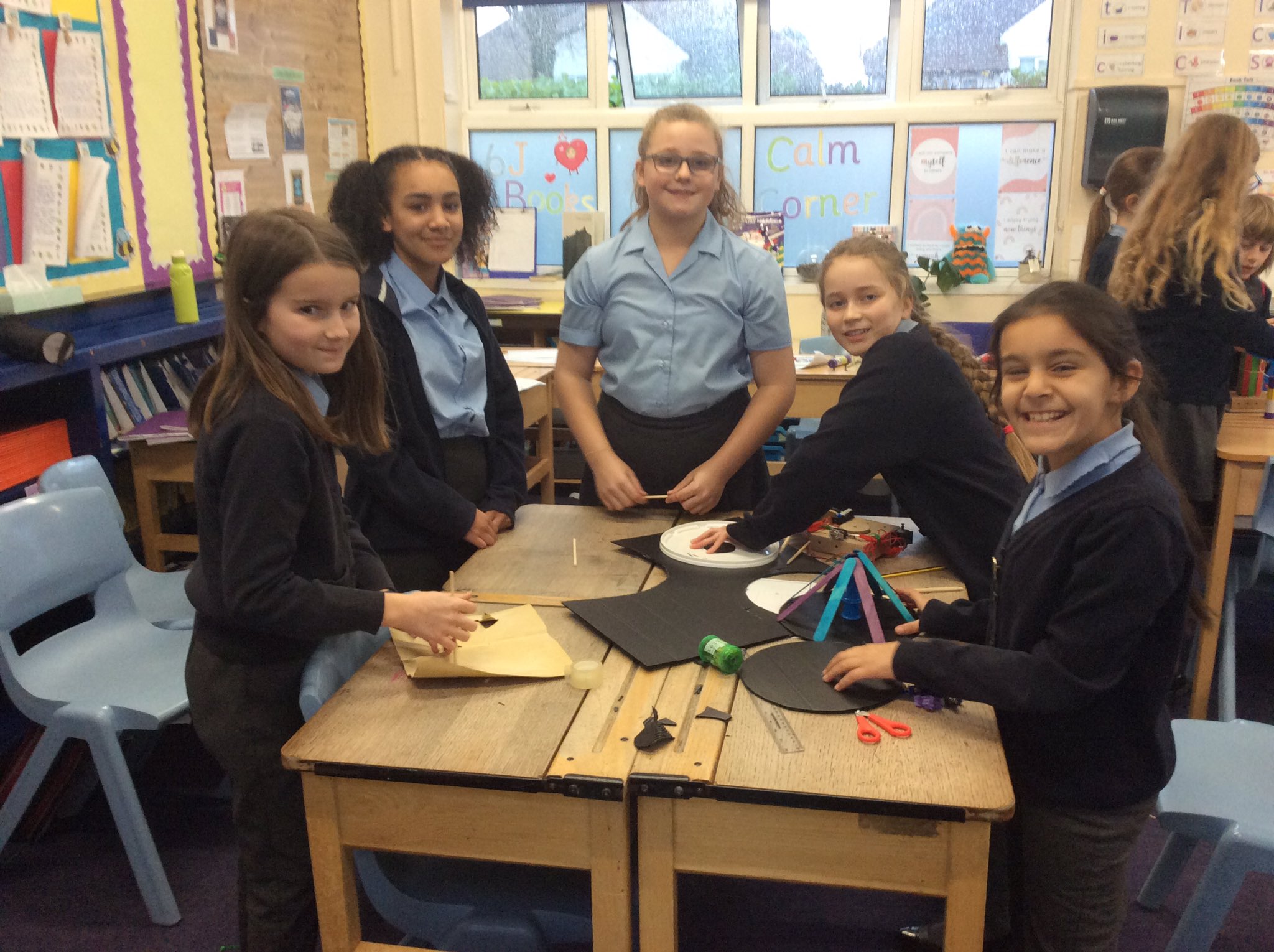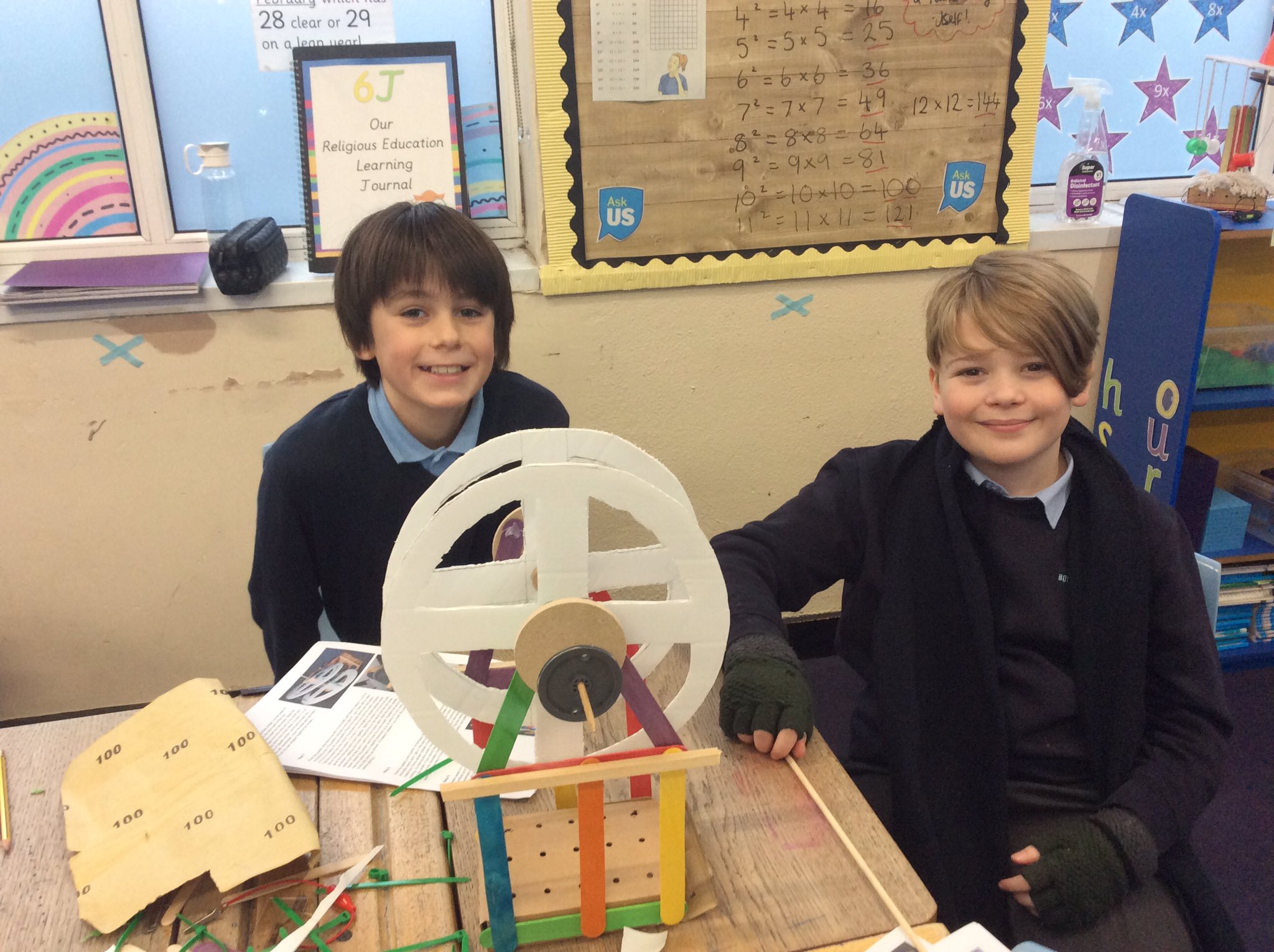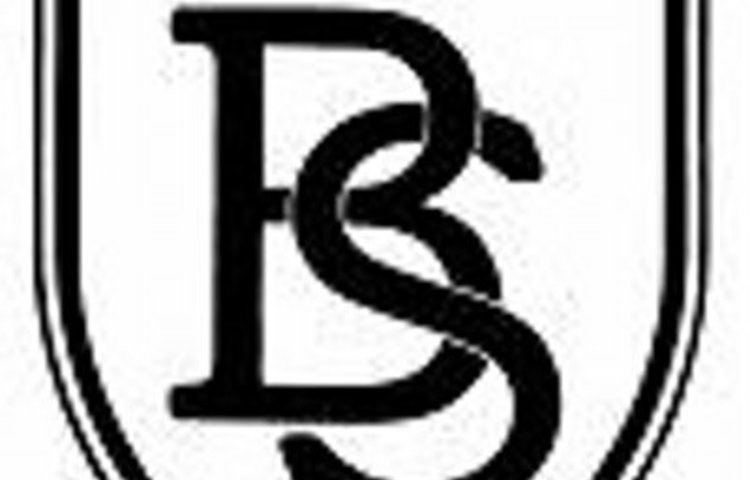Design and Technology

Curriculum Design Statement:
Intent
At Boldmere, we aim to provide all children with the opportunity to develop their creative, technical and practical expertise. Using imagination and creativity, we want our pupils to design and make products that solve real and relevant problems within a variety of contexts. Pupils will be encouraged to take risks, leading them to become resourceful, innovative young people. Through the analysis and evaluation of product design, we want our children to develop a critical understanding of technology and its impact.
Implementation
Using the National Curriculum, we have created a carefully structured progression map, which ensures well sequenced teaching to build on prior learning. Our carefully designed progression map links to units designed by the ‘Design and Technology Association’ Project Pages. It is a deliberate choice to ensure that the process of designing and making is more important than the outcome and that evaluation takes place throughout learning. Learners are able to make modifications and reflect on their work to further develop the product (something that is echoed within industry and known as ‘design, build, test and learn’). Children recognise how Design and Technology is used in the wider world, including careers. In every project, pupils are encouraged to consider the process of research, design, make and evaluate. As we are a ‘Health For Life’ school, we have made a deliberate choice for children to focus on a food topic each year (teaching the principles of nutrition and learning how to cook).
Impact
- Children enjoy and have confidence to use their problem solving skills to develop products.
- Pupils develop creative, technical and practical expertise that they take beyond primary school and into the wider world.
- Pupils are able to consider and articulate their intent and thinking throughout the design and make process.
What does DT look like at Boldmere Junior School?
Each year group covers four topics including food and nutrition, structures, textiles and mechanisms. Children will look at one of these topics each half term. The Mechanisms topic is split up into Electrical Systems and Mechanical Systems.
|
Mechanical Systems (levers, pulleys, gears, cams) |
Year 3 and Year 5 |
|
Electrical Systems (switches and circuits) |
Year 4 and Year 6 |
.png)


